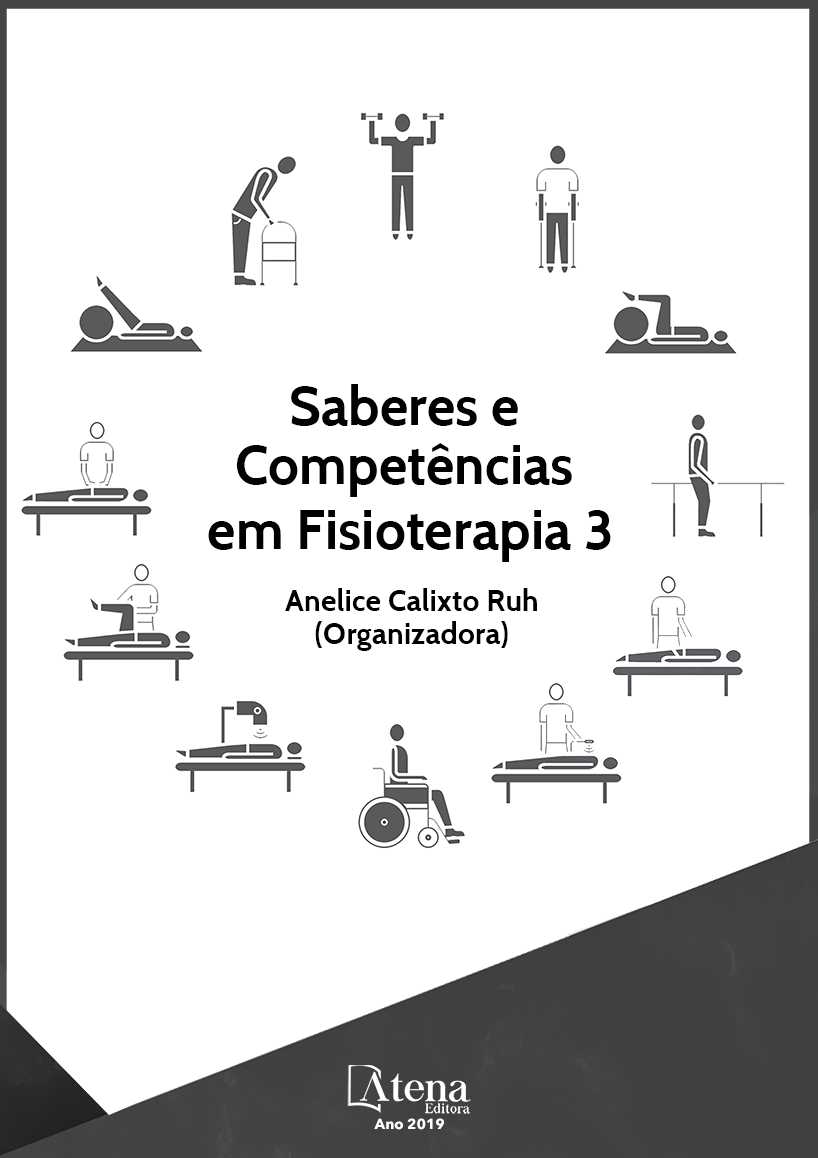
HIPOTERMIA TERAPÊUTICA: RESULTADOS SOBRE O DESENVOLVIMENTO NEUROMOTOR DE CRIANÇAS COM ENCEFALOPATIA HIPÓXICO-ISQUÊMICA
A encefalopatia hipóxico isquêmica
é a principal causa de morbidade e mortalidade
em recém-nascidos e acarreta risco de
deficiência grave do neurodesenvolvimento
dessas crianças. A hipotermia terapêutica
tem sido usada como agente neuroprotetor
importante para evitar ou minimizar esses
agravos. Este trabalho objetivou investigar
os resultados da utilização do protocolo de
hipotermia em neonatos de risco em relação
ao seu desenvolvimento neuromotor. A busca
dos estudos foi durante os meses de fevereiro
e março de 2019, nas bases de dados BVS
e PubMed. Doze estudos contemplaram os
critérios de elegibilidade e compuseram a
amostra. Entre eles o protocolo mais usado foi o
de temperatura de 33,5°C mantidos por 72 horas
com início em até 6 horas do nascimento. Os
resultados das avaliações do desenvolvimento
neuromotor das crianças acompanhadas nos
estudos incluídos nessa pesquisa mostraram
que todos os protocolos de hipotermia
utilizados foram eficazes em reduzir o grau de
incapacidade motora das crianças. A utilização
da hipotermia terapêutica em neonatos de
risco constitui-se um importante recurso para
prevenir e/ou amenizar as consequências
da encefalopatia hipóxico-isquêmica nessas
crianças, apesar ainda de não haver consenso
entre os pesquisadores de qual protocolo seja o
ideal para promover a máxima neuroproteção.
Esses dados são importantes, também, quando
se pensa no prognóstico funcional das crianças
acometidas pela encefalopatia hipóxicoisquêmica,
pois sendo submetidas ao protocolo,
as sequelas motoras poderão ser menos graves,
de modo que a abordagem fisioterapêutica seja
mais efetiva.
HIPOTERMIA TERAPÊUTICA: RESULTADOS SOBRE O DESENVOLVIMENTO NEUROMOTOR DE CRIANÇAS COM ENCEFALOPATIA HIPÓXICO-ISQUÊMICA
-
DOI: 10.22533/at.ed.44019200825
-
Palavras-chave: hipotermia, paralisia cerebral, encefalopatia neonatal.
-
Keywords: hypothermia, cerebral palsy, neonatal encephalopathy.
-
Abstract:
The ischemic hypoxia
encephalopathy is the leading cause of morbidity and mortality in neonates and carries
the risk of severe deficiency of the neurodevelopment of these children. Hypothermia
has been used as an important neuroprotective agent to prevent these diseases. This
study aimed to investigate the results of the use of the hypothermia protocol in neonates
at risk in relation to their neuromotor development. The search of the studies was
carried out during the months of February and March of 2019, in the BVS and PubMed
databases. Twelve studies considered the eligibility criteria and composed the sample.
Among the most used protocol for the temperature of 33.5 ° C for 72 hours starting
within 6 hours of birth. The results of the neuromotor study of children followed studies
in the research that all hypothermia protocols were used to reduce the degree of motor
disability in children. The use of hypothermia in association with at-risk neonates is
an important issue to prevent and / or mitigate the consequences of hypo- ischemic
hypothesis on children, although there is still no consensus among studies of quality
neuroprotection. These data are also important when they are without the functional
functionalities of the children affected by hypoxic-ischemic encephalopathy, since they
are submitted to the protocol, as the motor sequences may be less severe, so that a
physiotherapeutic approach is more effective.
-
Número de páginas: 15
- Débora Schimit Sauzem
- Marluci Castagna Feltrin
- Juliana Saibt Martins


